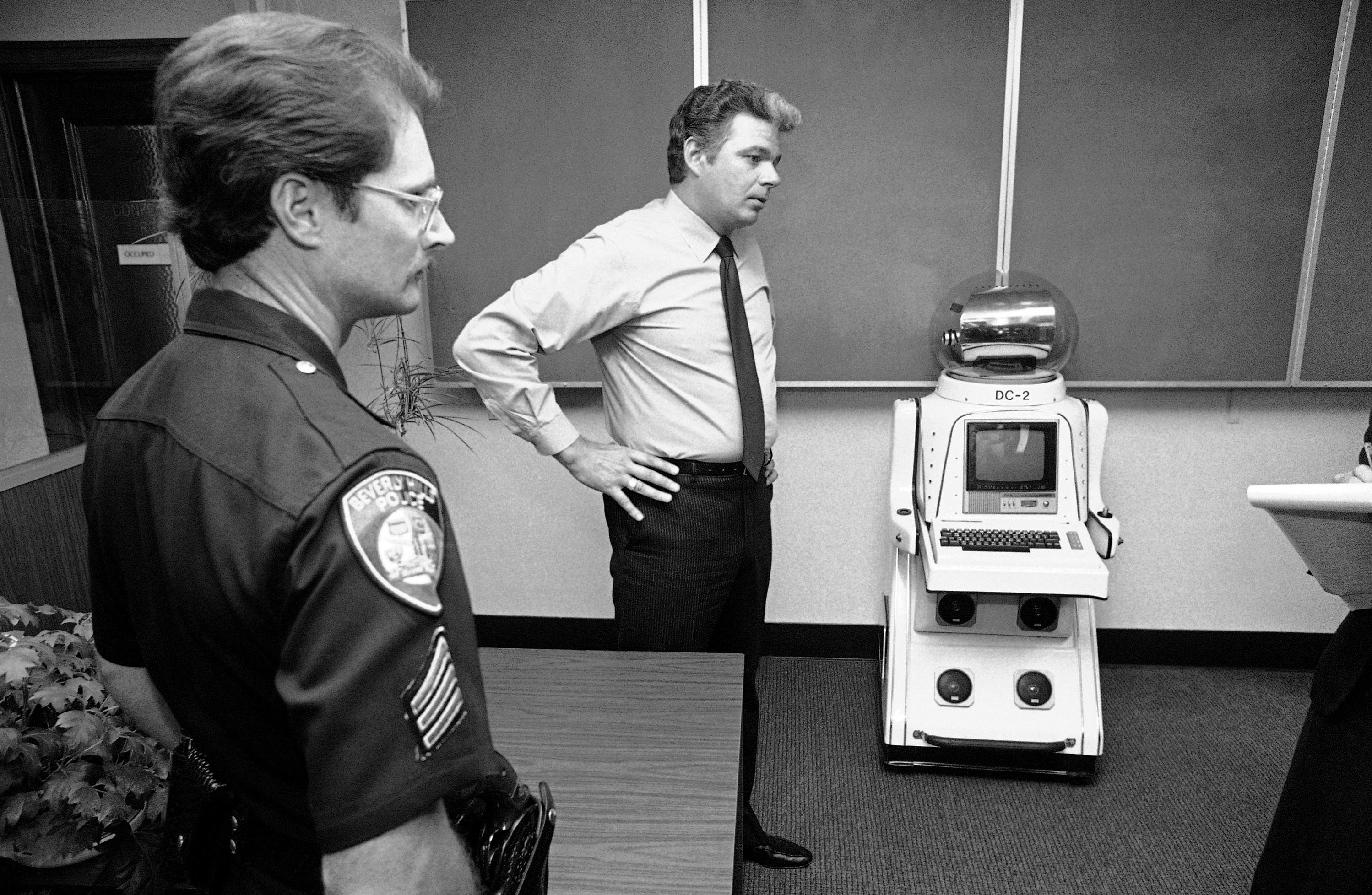There’s probably no reason to think prognosticating crime via computer will be more biased than traditional racial profiling and other less-algorithmic methods of anticipating lawlessness, but it’s uncertain it will be an improvement. In any system with embedded prejudice–pretty much all of them–won’t those suspicions of some be translated into code? It doesn’t need be that way, but there will have to be an awful lot of skepticism and oversight to keep discrimination from taking a prominent place in the digital realm.
The opening of “The Power of Learning” at the Economist:
In Minority Report, a policeman, played by Tom Cruise, gleans tip-offs from three psychics and nabs future criminals before they break the law. In the real world, prediction is more difficult. But it may no longer be science fiction, thanks to the growing prognosticatory power of computers. That prospect scares some, but it could be a force for good—if it is done right.
Machine learning, a branch of artificial intelligence, can generate remarkably accurate predictions. It works by crunching vast quantities of data in search of patterns. Take, for example, restaurant hygiene. The system learns which combinations of sometimes obscure factors are most suggestive of a problem. Once trained, it can assess the risk that a restaurant is dirty. The Boston mayor’s office is testing just such an approach, using data from Yelp reviews. This has led to a 25% rise in the number of spot inspections that uncover violations.
Governments are taking notice. A London borough is developing an algorithm to predict who might become homeless. In India Microsoft is helping schools predict which students are at risk of dropping out. Machine-learning predictions can mean government services arrive earlier and are better targeted (see article). Researchers behind an algorithm designed to help judges make bail decisions claim it can predict recidivism so effectively that the same number of people could be bailed as are at present by judges, but with 20% less crime. To get a similar reduction in crime across America, they say, would require an extra 20,000 police officers at a cost of $2.6 billion.
But computer-generated predictions are sometimes controversial.•

